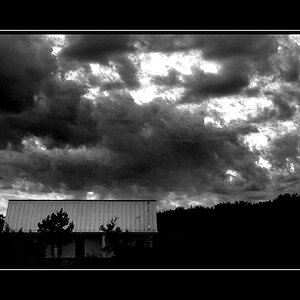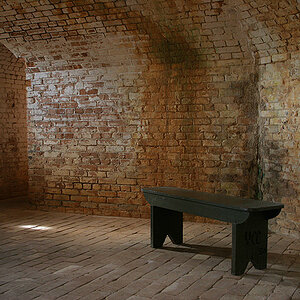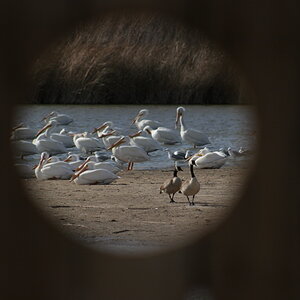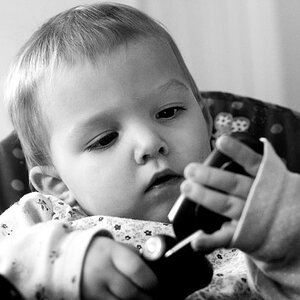MiningGold
TPF Noob!
- Joined
- Sep 1, 2013
- Messages
- 3
- Reaction score
- 0
- Location
- Alaska
- Can others edit my Photos
- Photos OK to edit
I am going to buy either a 53200 or a d5100 and will get a 18-55mm f/3.5-5.6G AF-S DX VR Nikkor lens with either. I posted a question about compatibility with old lenses I've acquired and it was brought to my attention that I will not be able to use autofocus or metering with the AI-S lenses I have. I'm new to photography, but am thinking having to manually focus wont be that big of a deal for shooting landscapes and wildlife. Just wondering if the lack of metering will make it so I wont use the lenses? Is manual metering possible/hard to do?



![[No title]](/data/xfmg/thumbnail/38/38731-d96a4449258a238d3de11f3c4adffc36.jpg?1619738702)




![[No title]](/data/xfmg/thumbnail/38/38732-8364f5190d3f325e8ee02d23404a610c.jpg?1619738703)




